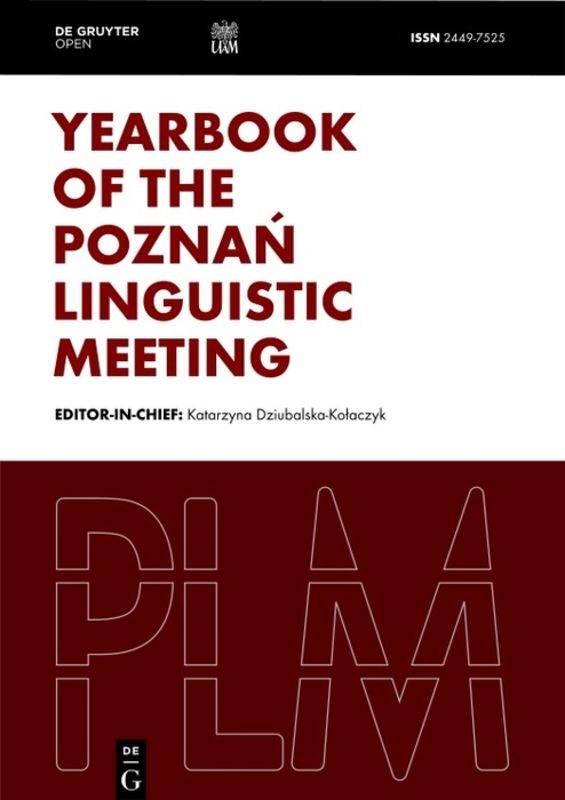Semantic prosody of extended lexical units: A case study
Semantic prosody of extended lexical units: A case study
Author(s): Chariton CharitonidisSubject(s): Lexis, Semantics
Published by: Uniwersytet Adama Mickiewicza
Keywords: context norms; crowdsourcing; emotion; multiword expressions; evaluative prosody;
Summary/Abstract: Semantic prosody is typically referred to as an evaluative function of certain words or multiword items appearing within collocates of positive or negative meaning. The present study deals with the semantic prosody (context properties) of extended lexical units (ELUs) according to the psycholinguistic variables ‘valence’ (emotional positivity), ‘arousal’ (excitement, mood-enhancement), and ‘concreteness’. The object of investigation are the verbal phrases feel blue (unambiguous idiomatic ELU, without a literal counterpart) and see red (ambiguous ELU, idiomatic or literal). The study builds on Snefjella & Kuperman (2016) who propose context norms for English words on the basis of a USENET mega-corpus. For the detection of ELU representations, a questionnaire-based survey was conducted with speakers of American English. For the detection of the context values of ELUs, a corpus research was carried on by using the Corpus of Contemporary American English (COCA) and the News on the Web corpus (NOW). The results suggest that ELU contexts largely conform to the averaged context norms of ELU constituents. ELU representations are strongly dissociated from contexts.
Journal: Yearbook of the Poznań Linguistic Meeting
- Issue Year: 7/2021
- Issue No: 1
- Page Range: 43-74
- Page Count: 32
- Language: English

